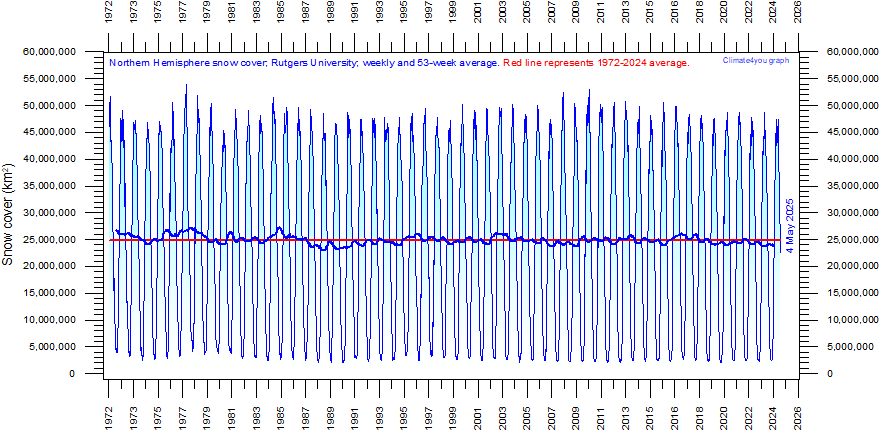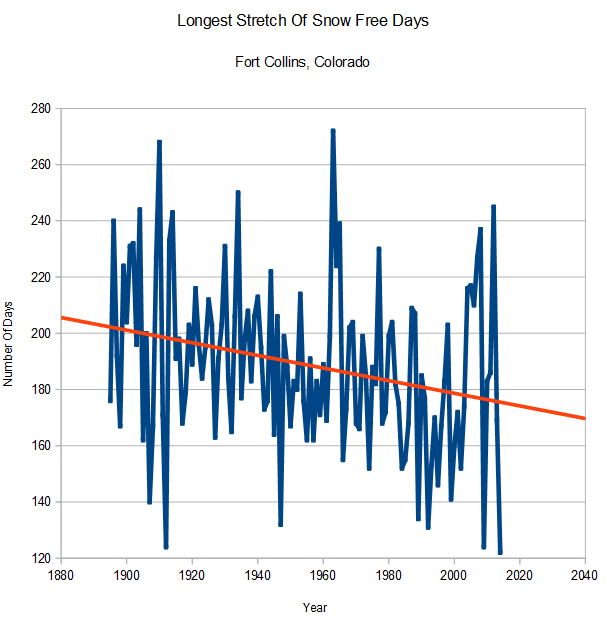Unlike the faith-based tone of the IPCC reports, in which marshalling of evidence to buttress their heartfelt and walletfelt beliefs in CO2 as a major driver of climate variation dominate, the NIPCC is free to be more scientific. That means being sceptical of high-blown claims, being on guard against superficial reasoning, and ready to share counter-examples and failings of current models and theories. The frontiers of science are usually ragged and untidy, and the genuine scientist working there should be willing to follow leads and go where the data takes them. Their job is not to construct palaces in the sky that happen to suit powerful political and financial interests. Their job is not to provide a front of respectability for the disgraceful campaigns of scaremongering that have suited so many individual and organisations in recent decades. Their job is to speculate, to dig into the data, to entertain theories in an objective, semi-detached manner, and to seek new ideas and new observations that look the most promising for clarifying our understanding. But when so many politicians have been misled, or are being misleading, about what is known about the causes of climate variation, some scientists will feel duty-bound to draw their attention to a broader view, and to contrary evidence. Here is how they see themselves:
'The Red Team Reports
A technique frequently used in industry, government, and law when dealing with complex or controversial matters is to deploy competing Green and Red Teams to pursue alternative approaches (e.g., Sandoz, 2001; Nemeth et al.,2001). A Red Team provides a kind of “defense counsel” to verify and counter arguments mounted by the initial Green Team (the “prosecution”) as well as discover and present alternatives the Green Team may have overlooked.
For many years, one team has dominated the global debate over climate change, the Green Team of the United Nations’ Intergovernmental Panel on Climate Change (IPCC). In 2003, however, at a meeting in Milan, a Red Team started to emerge composed of independent scientists drawn from universities and private institutions around the world. Since 2008 that team, the Nongovernmental International Panel on Climate Change (NIPCC), has been independently evaluating the impacts of rising atmospheric concentrations of CO2 on Earth’s biosphere and evaluating forecasts of future climate effects (Singer, 2008; Idso and Singer, 2009; Idso, Carter, and Singer, 2011).'
Here are their main conclusions as presented in Figure 1 of the Summary for Policy Makers:
'• Atmospheric carbon dioxide (CO2) is a mild greenhouse gas that exerts a diminishing warming
effect as its concentration increases.
• Doubling the concentration of atmospheric CO2 from its pre-industrial level, in the absence of
other forcings and feedbacks, would likely cause a warming of ~0.3 to 1.1°C, almost 50% of
which must already have occurred.
• A few tenths of a degree of additional warming, should it occur, would not represent a climate
crisis.
• Model outputs published in successive IPCC reports since 1990 project a doubling of CO2 could
cause warming of up to 6°C by 2100. Instead, global warming ceased around the end of the
twentieth century and was followed (since 1997) by 16 years of stable temperature.
• Over recent geological time, Earth’s temperature has fluctuated naturally between about +4°C
and -6°C with respect to twentieth century temperature. A warming of 2°C above today, should it
occur, falls within the bounds of natural variability.
• Though a future warming of 2°C would cause geographically varied ecological responses, no
evidence exists that those changes would be net harmful to the global environment or to human
well-being.
• At the current level of ~400 ppm we still live in a CO2-starved world. Atmospheric levels 15 times
greater existed during the Cambrian Period (about 550 million years ago) without known adverse
effects.
• The overall warming since about 1860 corresponds to a recovery from the Little Ice Age
modulated by natural multi-decadal cycles driven by ocean-atmosphere oscillations, or by solar
variations at the de Vries (~208 year) and Gleissberg (~80 year) and shorter periodicities.
• Earth has not warmed significantly for the past 16 years despite an 8% increase in atmospheric
CO2, which represents 34% of all extra CO2 added to the atmosphere since the start of the
industrial revolution.
• CO2 is a vital nutrient used by plants in photosynthesis. Increasing CO2 in the atmosphere
“greens” the planet and helps feed the growing human population.
• No close correlation exists between temperature variation over the past 150 years and human-related CO2 emissions. The parallelism of temperature and CO2 increase between about 1980
and 2000 AD could be due to chance and does not necessarily indicate causation.
• The causes of historic global warming remain uncertain, but significant correlations exist between
climate patterning and multi-decadal variation and solar activity over the past few hundred years.
• Forward projections of solar cyclicity imply the next few decades may be marked by global
cooling rather than warming, despite continuing CO2 emissions.
Source: “Executive Summary,” Climate Change Reconsidered II: Physical Science (Chicago, IL: The Heartland Institute, 2013).'
But whatever you do, don't just take their word for any of these - check them out for yourself. Reproduced below are direct links to the set of pdf-files available in which their evidence is presented. These deserve careful study in their own right, and may also prove to be worth having nearby when studying the next IPCC reports:
Chapter 1. Global Climate Models
Chapter 2. Forcings and Feedbacks
Chapter 3. Solar Forcing of Climate
Chapter 4. Observations: Temperature
Chapter 5. Observations: The Cryosphere
Chapter 6. Observations: The Hydrosphere
Chapter 7. Observations: Extreme Weather
Chapter 2. Forcings and Feedbacks
Chapter 3. Solar Forcing of Climate
Chapter 4. Observations: Temperature
Chapter 5. Observations: The Cryosphere
Chapter 6. Observations: The Hydrosphere
Chapter 7. Observations: Extreme Weather


